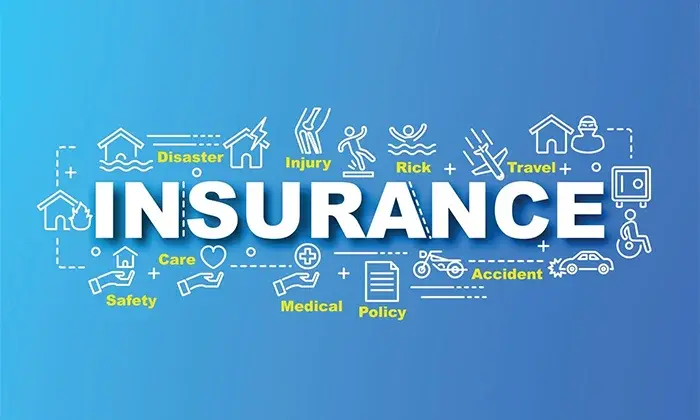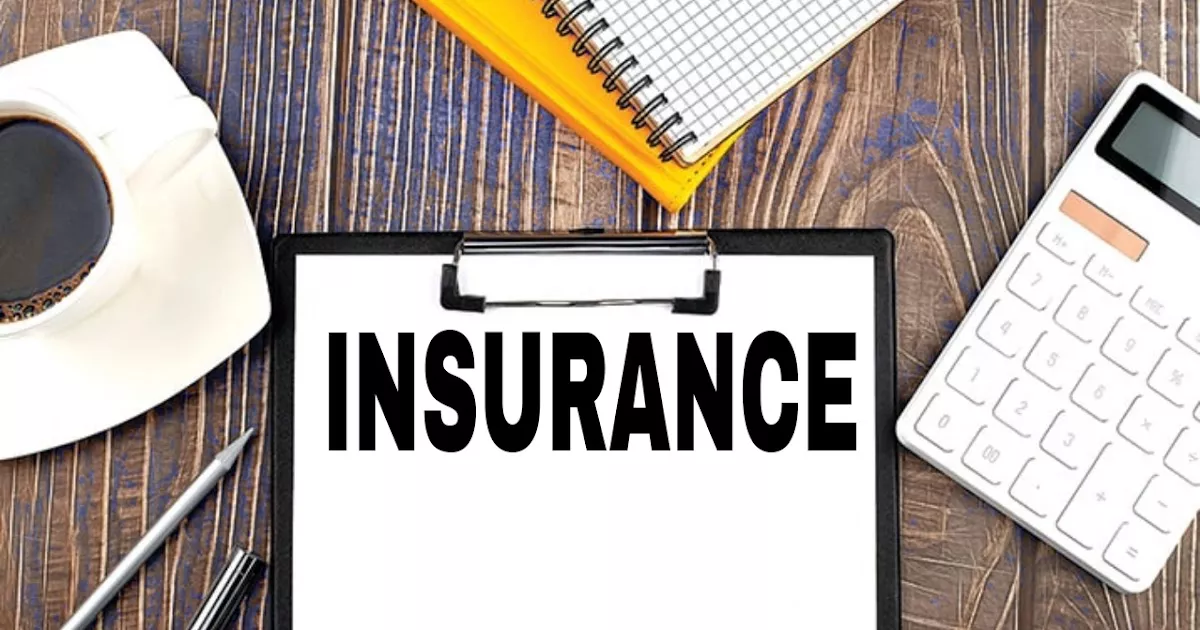Rental coverage through insurance is a crucial aspect of many personal and commercial insurance policies. Whether you’re renting a car, home, or other valuable property, understanding how to get a rental through insurance can save you both time and money. This article explores how to claim rentals through insurance in various situations, such as auto insurance and renters’ insurance.
What is Rental Coverage Through Insurance?
Rental coverage through insurance refers to the provision that helps cover the cost of renting a replacement vehicle or property while your own is being repaired, replaced, or recovered. This coverage can be part of various insurance policies, including auto insurance, renters’ insurance, and homeowners’ insurance. It provides temporary financial relief and helps you avoid unexpected out-of-pocket costs.
Types of Rental Coverage
Insurance companies offer different types of rental coverage, each designed to fit specific needs:
Rental Car Coverage: Helps pay for a rental vehicle while your car is in the shop after an accident or damage.
Rental Property Coverage: Covers costs associated with temporary housing if your home is uninhabitable due to damage (e.g., fire or storm).
Business Rental Coverage: For businesses, rental coverage helps cover the cost of renting equipment, tools, or property when business equipment is damaged or out of service.
This coverage can be included in your policy or purchased as an add-on, depending on your insurance provider and the type of policy you have.
How to Get Rental Coverage Through Insurance
Step 1: Determine if You Have Rental Coverage
Before assuming you have rental coverage through insurance, you need to check your policy.
Auto Insurance: Most auto insurance policies offer rental car coverage, but you may need to opt-in to add it to your policy.
Homeowners or Renters Insurance: These types of policies often include coverage for temporary housing if your residence becomes uninhabitable due to a covered event.
Business Insurance: Check with your insurer to confirm whether rental coverage for business-related equipment and tools is included in your policy.
Step 2: Review Your Insurance Policy
Carefully review your insurance policy to understand the details of the rental coverage included. Look for:
Coverage Limits: This specifies the maximum amount the insurer will pay for rental costs.
Conditions: Rental coverage may only apply under certain conditions, such as when the vehicle is in an accident or when your home is damaged by a covered peril.
Exclusions: Understand what is not covered by your rental insurance, such as luxury vehicles or non-essential items.
Duration of Coverage: Some policies cover rentals for a set period, such as 30 days, while others may offer extended coverage for longer repairs.
Step 3: Contact Your Insurance Company
Once you’ve determined you have rental coverage, contact your insurance company to confirm the details. Here’s what to do:
Clarify Your Coverage: Confirm the exact terms of your rental coverage, such as what’s covered, for how long, and the limits of the coverage.
Understand the Rental Process: Ask your insurer for a clear explanation of the steps involved in claiming rental coverage.
Get a Rental Authorization Number: Some insurers require you to get an authorization number before renting. Be sure to ask for this number if necessary.
Step 4: Rent the Property or Vehicle
Once you’ve confirmed your coverage and received any necessary approvals, you can proceed to rent the property or vehicle. Here’s what you need to do:
Find a Rental Agency: Choose an agency approved by your insurance provider or one that fits the coverage limits specified in your policy.
Provide the Necessary Documentation: Provide your insurer’s approval, your policy number, and any required rental agreements.
Understand the Terms of the Rental Agreement: Make sure to read and understand the terms of the rental before signing. Know whether you are responsible for any additional fees or damages.
Step 5: Submit Your Claim for Reimbursement
In some cases, you may need to pay for the rental upfront and submit a claim for reimbursement. To ensure a smooth reimbursement process, follow these steps:
Gather Your Documentation: Keep copies of the rental agreement, receipts, and any other necessary documents.
Submit Your Claim: Submit the required documents to your insurer for reimbursement. Include proof of payment, rental duration, and a detailed explanation of why you needed the rental.
Track Your Claim: Follow up with your insurance company to ensure your claim is processed promptly.
What to Know About Rental Car Insurance Coverage
Rental car coverage is one of the most common forms of rental coverage available through auto insurance. Many people wonder how they can obtain coverage and what the process entails.
Types of Rental Car Coverage
Collision Damage Waiver (CDW)/Loss Damage Waiver (LDW): This type of coverage protects you from financial responsibility for damage or theft of the rental car.
Liability Insurance: Provides coverage for injuries or damage you cause to others in an accident while driving the rental car.
Personal Accident Insurance (PAI): Covers medical expenses if you or your passengers are injured in a rental car accident.
Supplemental Liability Insurance (SLI): Extends liability coverage beyond the limits provided by the rental company.
How to Use Rental Car Coverage Through Insurance
When renting a car through your insurance:
Call Your Insurer: Inform your insurance company before renting a car to verify coverage.
Decline Rental Car Insurance: If your auto insurance already covers rental cars, you may not need to purchase additional insurance from the rental company.
File a Claim if Necessary: If you’re involved in an accident or the rental car is damaged, file a claim with your insurer for coverage.
What to Know About Temporary Housing or Renters Insurance
If your home is uninhabitable due to damage, such as from fire or flooding, renters’ insurance or homeowners’ insurance may cover temporary housing costs. Here’s how it works:
Temporary Housing Coverage
Renters and homeowners insurance often include Loss of Use or Additional Living Expenses (ALE) coverage, which helps pay for temporary living arrangements, such as:
- Hotels or motels
- Vacation rentals
- Short-term apartments
How to Get Temporary Housing Through Insurance
Contact Your Insurance Company: Notify your insurer immediately after the damage occurs to begin the claim process.
Provide Necessary Documentation: You may need to provide receipts or proof of the uninhabitable condition of your home.
Choose a Temporary Housing Option: Select an option that fits within the coverage limits. Be sure to stay within the rental guidelines outlined in your policy.
Coverage Limits and Exclusions
Coverage Limits: The amount of coverage for temporary housing can vary based on your policy. Check to understand how long and how much the insurance will pay.
Exclusions: Temporary housing coverage may not apply to all damages. For example, if your property is under renovation and not due to a covered event, you may not be eligible for this coverage.
Business Rental Insurance
For businesses, rental coverage can be critical when essential equipment is damaged or broken. Business rental coverage ensures that operations continue smoothly while repairs are made or equipment is replaced.
What Does Business Rental Coverage Include?
Business rental insurance can cover:
Rental Equipment: Rental of tools, machinery, or electronics needed to continue business operations.
Replacement Vehicles: If your business depends on transportation, coverage for rental vehicles may be included.
How to Claim Business Rental Insurance
Notify Your Insurer: Inform your insurance provider immediately after the equipment damage.
Submit Documentation: Provide your insurer with the rental agreement, repair estimates, and proof of equipment damage.
File a Claim: Complete a claim form and provide necessary details about the rental costs.
Common Issues with Rental Coverage and How to Resolve Them
Denied Rental Coverage
In some cases, rental coverage may be denied. This could be due to exclusions or specific policy limitations. To resolve this:
Review the Denial Letter: Understand why your claim was denied and assess whether the situation falls within your policy’s coverage.
Appeal the Denial: If you believe your claim was wrongly denied, file an appeal with your insurer, providing additional evidence if necessary.
Rental Fees Exceed Coverage Limits
If the rental fees exceed the coverage limits, you will need to cover the difference. Some insurers may provide options to extend rental coverage, but this may incur additional fees.
Delayed Claims Process
If your rental reimbursement is delayed, reach out to your insurance company to ensure your claim is being processed. Keeping a copy of all submitted documents and communication can help resolve delays.
Conclusion
Getting a rental through insurance can help ease the financial burden during times of need, whether you’re renting a car, temporary housing, or business equipment. By understanding your coverage, communicating with your insurer, and following the claims process carefully, you can ensure that you’re adequately covered when you need it most. Always review your policy to make sure you’re aware of the coverage limits and exclusions, and stay proactive in managing your claims for smooth and timely rental support.
Related topics:


























